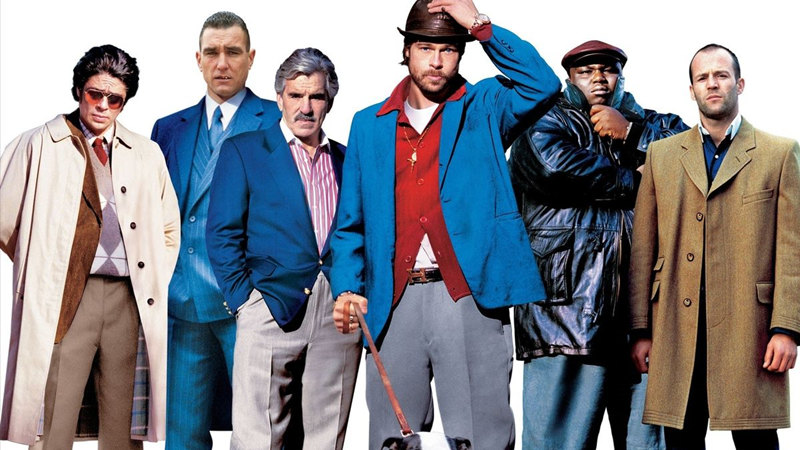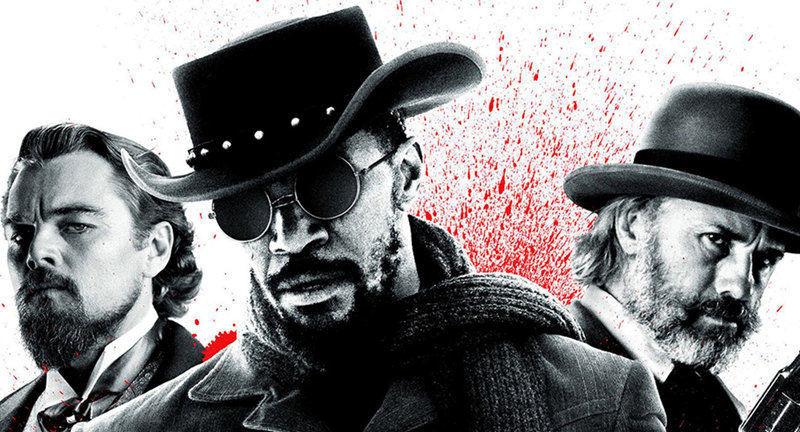“Manhattan” (1979) was Woody Allen’s comedic follow-up to “Annie Hall” (1977), with his drama “Interiors” wedged in-between. In “Manhattan,” Allen has more to say about people, relationships, and human nature than he does in “Annie Hall” . . . but what he says, apart from a handful of hilarious lines, isn’t as consistently funny.
Watching “Manhattan,” though, you can certainly see how it inspired Rob Reiner’s 1989 riff on relationships, “When Harry Met Sally.” Males and Females as a subject seem as strange and incomprehensible to Allen as particle physics, sparking conversations that are worthy of scientific discourse. The characters’ entwinements even seem like clinical cases. Two men uneasy with relationships sample forbidden fruit: Isaac (Allen) is dating a 17 year old (Mariel Hemingway as Tracy), and his best friend Yale (Michael Murphy) is having an extramarital affair with someone he meets in a bar (Diane Keaton as Mary). Yet, there’s a matter-of-factness, a borderline ennui that accompanies their affairs, rather than excitement, secrecy, or a sense of guilt. There’s a lot of talk but less banter than we saw in “Annie Hall,” with Allen in pursuit of realism and “truth” (whatever that is) over glibness and lines that are so funny you remember, always, that a character isn’t just saying them—a writer wrote them.
But the persona Allen created for his stand-up routines and introduced in his films is here again in full profile, familiar as the Manhattan skyline or the George Gershwin score. Everyone knows that persona by now: the neurotic intellectual with a sarcastic and slightly self-deprecating sense of humor, low self esteem, and lofty ambitions who wins over women with brains, not brawn, but who sabotages every relationship because of overthinking it.
There’s a prescience to “Manhattan,” if you believe that, despite Allen’s insistence to the contrary, his films are autobiographical. His character seems more at ease around the “taken” Mary than with young Tracy, and it has less to do with the age difference, perhaps, than the fact that by this time Allen and Keaton had broken off their real-life relationship and were just friends. Fast forward to 1992, when Allen breaks with Mia Farrow after it comes out that he’s been secretly involved with Farrow’s 20-year-old adopted daughter. Soon he’s openly dating the much younger woman and facing a media storm because, though he and Farrow were never married, he was perceived as the stepfather having a relationship with his stepdaughter—not much different from his 40-something character dating a high school girl.
In “Manhattan,” we follow Allen’s character as he spends time with Tracy, attends parties and meets Yale’s mistress, runs into Mary and spends time with her (and grows fond of her), and later becomes romantically involved with her . . . for a time. Everything is “for a time” in this black-and-white film, which, ironically, presents complicated relationships and moral issues that seem anything but black-and-white. Yale, meanwhile, has an on-again off-again relationship with Mary, while at one point breaking with his wife, Emily (Anne Byrne). And, as if to cram this film full of urban relationships that go against the norm, Allen introduces viewers to his character’s ex-wife, Jill (Meryl Streep) and her live-in lover (Karen Ludwig).
Life is complicated. Relationships are complicated. Though Allen provides no answers, his love-letter to “Manhattan” concludes, at least, that New York City is a place where people can be free to explore who they are—even if they never find out. That might be different from what Allen set out to do, because he later said that “Manhattan” is his least favorite film. Don’t tell that to the Brits, who voted the picture a Best Film BAFTA Award.
Video:
“Manhattan” comes to Blu-ray (50GB) disc via an AVC/MPEG-4 transfer that looks clean overall, with no visible artifacts. Contrast levels are good, thanks to inky blacks, and the edges are sharply defined. DNR phobes can rest easy. MGM/Fox made no apparent effort to scrub away any of the heavy grain that afflicts many exterior backgrounds and a number of blank, interior walls. And where there’s heavy grain, there’s noise. The bigger the screen, the more apparent the noise is. Some people will find that pure and faithful to the original theatrical presentation, while others will wonder, why, when converting to digital medium (where everything registers as noise, and excess is the norm) wouldn’t you do something to try to tame the beast? Some of the scenes look incredibly soft, while others look dark and underlit—even some of the exteriors. In close-ups, however, the level of detail is convincingly strong.
Audio:
Like “Annie Hall,” “Manhattan” comes not with the standard 5.1 HD mix but with an English DTS-HD MA 2.0 Mono that shows Fox was content to present the original film soundtrack in its acoustic best, rather than playing to the preferences of home theater enthusiasts. And you have to admire that. Since “Manhattan” is dialogue driven, except for the marvelous Gershwin score, that seems like a good call. In truth, the music still sounds clear and bright and tonally rich, but far from immersive or dynamic.
Extras:
Sorry. No bonus features.
Bottom Line:
“Manhattan” was the first film Allen shot using anamorphic Panavision. Particularly impressive are the stationary camera shots that have people finally walking into the frame. In one scene, Isaac and Mary sit on a bench looking out at the silhouette of the city and he remarks how beautiful it is, what a great place. It’s also a beautifully composed shot. “Manhattan” is one of many Allen love-letters to New York City, with plenty of long and wide-angle shots to pull as much of it into each frame as possible. The acting is fine, and the writing fine enough. After all, the screenplay also earned a BAFTA for Allen.


